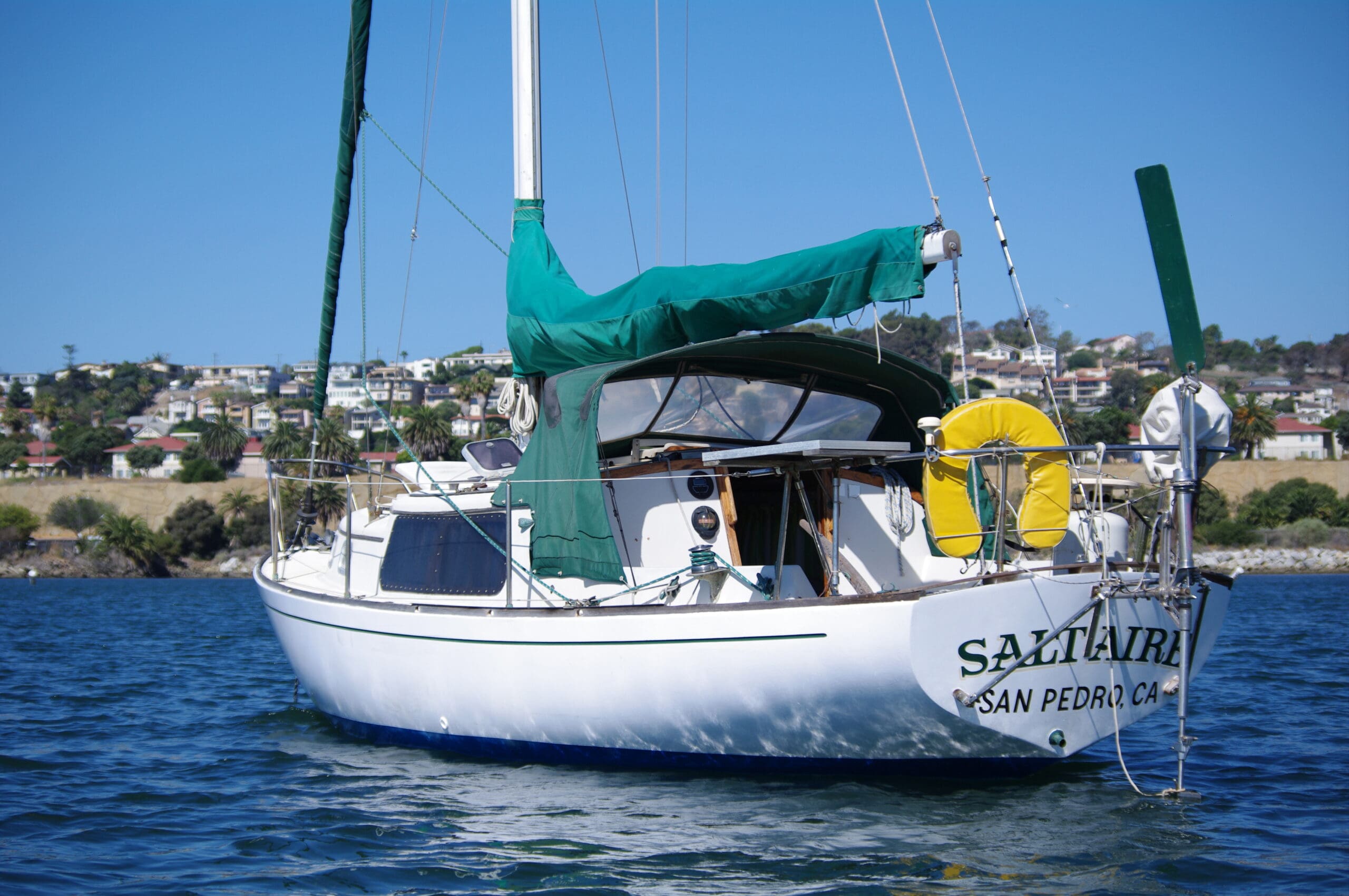
While many of the latest generation of ocean cruisers enjoy the ease that comes with an electronic autopilot, many die-hard sailors still depend on a windvane self-steering system, which requires zero electrical power to steer their sailing vessels through all kinds of weather.
If your vessel has a windvane system on its stern and you are planning an ocean crossing, following a few pre-voyage steps will help ensure dependable, accurate steering performancethroughout your next voyage.
The obvious first step in regular maintenance of the self-steerer is inspecting the entire unit, looking especially for loose nuts and bolts and signs of corrosion. Stainless steel, particularly grade 304, can eventually incur crevice corrosion, which can be hard to see. If you have any doubts as to the integrity of the fasteners, replace all of them with 316 stainless, which will resist corrosion far longer than lower grades of stainless.
Also check any plastic washers or bushings that may have been installed throughout the device. Plastic protects stainless and aluminum fittings from galvanic action, but over time, plastic will wear down and require replacement.
Although not common yet possible, you may encounter bent tubing in the vane gear mounting system or the core unit itself, depending on the design and manufacturer. If one or more mounting tubes are bent, forget trying to straighten them out. Instead, cut a set of new, thick-walled 316 stainless or marine-grade aluminum tubes, depending on the unit, for the mounting structure. This is to ensure not only durability but also accuracy in the mounting angle of the entire unit.
Next, check blocks and control lines. Block sheaves should turn easily and be clear of salt and grit. Wash these items in fresh water to clear them of residue. If you see any signs of corrosion, it is best to replace them with new turning blocks. Double-braided polyester control lines should be free of excessive wear from passing through the sheaves. From time to time, it is advisable to rotate these lines end to end so that wear is spread out more evenly along the length of the lines.
Your final step in ensuring an accurate vane gear is calibration. Those of us who use windvane self-steering sometimes make the foolhardy assumption the unit needs to be calibrated only during initial installation and all will be well. But over time, uneven wear and tear and settling can cause the whole unit to slant to one side, making it awkward to keep the unit steering accurately.
With the vessel sitting in a calm anchorage, or better yet a marina, mount the airvane at the top of the unit, and make sure it is perfectly vertical. If the airvane is out of alignment, adjust the counter weight until the vane is standing straight. Then check the servo paddle to ensure it is aligned with the keel. Obviously, there is no high-tolerance measuring device to ascertain total accuracy. If it is off ever so slightly, that should not be a problem, since you can make fine adjustments in the airvane direction to override minute inaccuracies while underway.
Last, remember always to pack at least one extra airvane, plus a short storm vane, just in case one breaks in a strong storm, as happened to my vessel in the Gulf of Suez many years ago—not an experience I would like to repeat.
Always keep an eye on all aspects of your steering system, from helm to vane gear. With constant vigilance and back-up control lines and airvanes, your windvane steering system, which uses zero fuel or electricity, should serve you well throughout your many years of ocean cruising.

